Closed: Sun for God + Family time
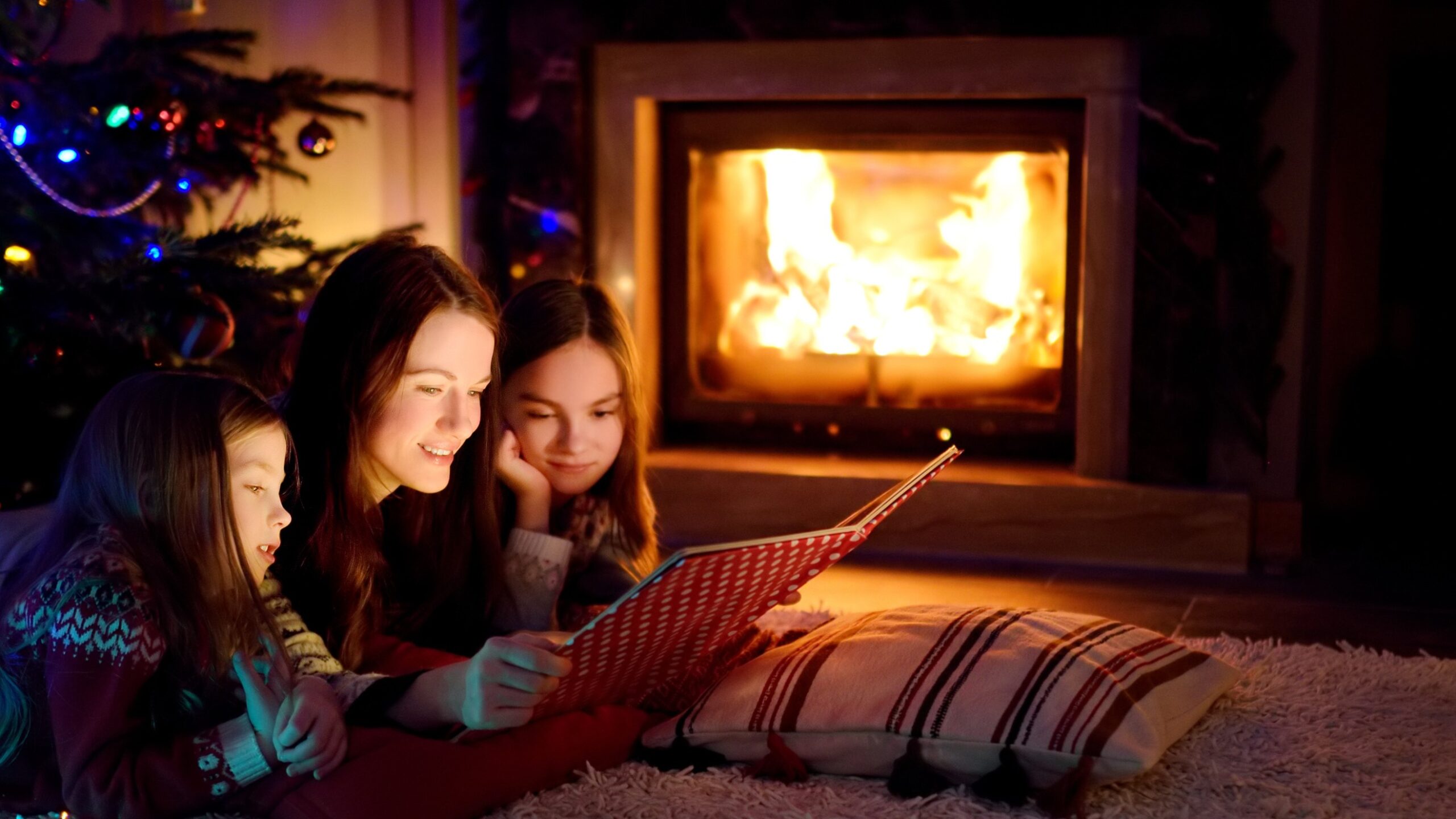
How to Save on Heating Costs This Winter | Armor Air
As winter approaches, the familiar chill in the air ushers in a season of holiday festivities and cozy moments by the fireplace. However, it also brings with it a spike in heating costs that can quickly send your utility bills soaring. The quest to save on heating costs this winter has never been more important, not only for your wallet but also for the environment. As energy prices continue to fluctuate, managing your heating expenses effectively can lead to significant financial savings, while simultaneously reducing your carbon footprint.
Understanding Your Heating System
As the foundation of your home’s winter comfort, your heating system plays a crucial role in determining how much you spend on heating. Understanding your heating system and making informed decisions about its maintenance and operation can have a significant impact on your heating costs. In this section, we’ll delve into the key aspects of your heating system.
Different Types of Heating Systems
- Furnaces: The most common type of heating system in North America, furnaces work by blowing heated air through ducts and vents.
- Heat Pumps: These systems can both heat and cool your home and are known for their energy efficiency, as they transfer heat rather than generating it.
- Radiant Heating: Radiant systems, like underfloor heating, deliver heat directly to objects or the floor, providing even and efficient warmth.
The Importance of Regular Maintenance
- Regular maintenance is key to keeping your heating system running efficiently. This includes changing air filters, cleaning ducts, and ensuring all components are in good working order.
- An annual professional inspection and tune-up can catch issues before they become costly problems, improve efficiency, and extend the lifespan of your heating system.
Upgrading to a More Energy-Efficient System
- If your heating system is outdated, inefficient, or in constant need of repairs, it might be time for an upgrade. Modern heating systems are designed to be more energy-efficient, reducing your heating bills.
- Consider the initial investment in a new system as a long-term savings opportunity. Energy-efficient systems often pay for themselves over time through reduced energy consumption.
Weatherproofing Your Home
As we continue our journey to save on heating costs this winter, it’s time to turn our attention to one of the most effective methods for keeping your home warm without cranking up the thermostat: weatherproofing. This essential step ensures that the warm air generated by your heating system stays inside while the cold air remains outside.
Sealing Drafts and Air Leaks
- Drafts and air leaks around windows, doors, and other openings can let the cold air in and the warm air out. Use weatherstripping, caulk, or foam insulation to seal these gaps.
- Don’t forget to check for drafts around electrical outlets, recessed lighting, and plumbing penetrations. These small gaps can add up to significant heat loss.
Proper Insulation in Walls, Attic, and Floors
- Adequate insulation is your home’s armor against winter cold. Insulate your attic, walls, and floors to keep the heat in and the cold out.
- Ensure that your insulation meets local building codes and standards. Adding more insulation, especially in the attic, can provide substantial energy savings.
Window and Door Upgrades for Better Insulation
- Older windows and doors may be less energy-efficient. Consider upgrading to double- or triple-pane windows and well-insulated doors.
- If window and door replacement is not an option, you can use insulating window films or curtains to reduce heat loss.
Weatherproofing your home is a cost-effective strategy that provides both immediate and long-term benefits. By reducing the amount of heat escaping from your home, you’ll need less energy to maintain a comfortable indoor temperature, resulting in noticeable savings on your heating bills. In the following sections, we’ll explore additional strategies to maximize your savings and keep your home warm during the winter months.
Thermostat Management
Efficient thermostat management is a cornerstone of cost-effective winter heating. By making smart choices regarding your thermostat settings and utilizing technology, you can optimize your home’s comfort while keeping your heating costs in check.
Setting an Optimal Temperature
- Start by setting your thermostat to the lowest temperature that’s comfortable for you and your household. Every degree lower can lead to significant savings.
- Ideal indoor temperatures during the winter typically range between 68-72°F (20-22°C). Finding the right balance will help you save without sacrificing comfort.
Programming Your Thermostat for Energy Savings
- If you have a programmable thermostat, take advantage of its features. Set lower temperatures while you’re asleep or away from home, and program it to warm up just before you return.
- With a consistent schedule, your heating system won’t work as hard to maintain a warm environment when it’s not needed.
Smart Thermostats and Their Benefits
- Consider upgrading to a smart thermostat, which allows you to remotely control your heating system using your smartphone or other devices.
- Smart thermostats can adapt to your daily routine, learning your preferences and adjusting the temperature accordingly, leading to substantial energy savings.
By fine-tuning your thermostat settings and, if possible, upgrading to a smart thermostat, you can strike a balance between comfort and savings. Effective thermostat management is a simple yet powerful way to reduce your heating costs during the winter while maintaining a warm and cozy home.
Efficient Heating Practices
Efficiency in heating goes beyond the thermostat; it involves adopting practical and mindful approaches to keep your home comfortably warm while minimizing energy consumption. In this section, we’ll explore some efficient heating practices that can make a significant difference in your winter energy bills.
Wearing Warmer Clothing to Reduce Reliance on Heating
- Opt for cozy sweaters, blankets, and thermal socks to keep yourself warm. Dressing warmly can allow you to lower the thermostat temperature without sacrificing comfort.
- Encourage family members to wear layers and stay warm indoors, reducing the need to constantly crank up the heat.
Maximizing Passive Solar Heating
- Take advantage of natural sunlight during the day by opening curtains and blinds on south-facing windows.
- Close them at night to insulate against cold outdoor temperatures, reducing heat loss.
Energy-Efficient Habits
To truly save on heating costs during the winter, it’s crucial to adopt energy-efficient habits that become a part of your daily routine. These small changes can make a big difference in the long run, both in terms of cost savings and environmental impact. Let’s delve into some effective energy-efficient practices:
Regularly Changing Air Filters
- A dirty or clogged air filter can hinder your heating system’s efficiency. Check and change air filters as recommended by the manufacturer or at least every 1-3 months.
- Clean filters ensure proper airflow, which allows your heating system to work more efficiently and reduce energy consumption.
Closing Curtains and Blinds at Night
- As the sun sets and outdoor temperatures drop, closing curtains and blinds can act as an additional barrier to heat loss.
- These window coverings provide insulation and reduce the cold air that can seep in through the glass.
Turning Off Heat When Not at Home
- Don’t heat an empty house. Lower your thermostat when you’re away or invest in a programmable or smart thermostat to automatically adjust the temperature.
- By doing so, you’ll prevent your heating system from running unnecessarily and save on energy.
Alternative Heating Sources
Exploring alternative heating sources can be an effective strategy to save on heating costs during the winter while diversifying your options for staying warm. These alternatives can be used to supplement your main heating system or, in some cases, serve as a primary source of heat. Let’s delve into some popular options:
Using Space Heaters Strategically
- Electric space heaters are an efficient way to heat specific rooms. Use them in rooms you frequent most, allowing you to lower the thermostat in the rest of the house.
- Choose energy-efficient models with safety features and consider using them with a timer or thermostat control for added savings.
Utilizing a Wood-Burning Stove or Fireplace
- Wood-burning stoves and fireplaces provide both warmth and ambiance. They can significantly reduce your reliance on central heating systems.
- Ensure your stove or fireplace is properly maintained and used with safety in mind, and always use seasoned wood for maximum efficiency.
Solar Heating Options
- Solar heating systems harness energy from the sun to provide warm air or water for your home. Solar panels and solar thermal systems can be used to offset traditional heating costs.
- While the initial installation costs can be substantial, solar heating systems can offer substantial long-term savings and contribute to a greener household.
Government Incentives and Rebates To Save on Heating Costs
One of the most compelling ways to save on heating costs during the winter is by taking advantage of government incentives and rebates. Many governments offer programs and financial incentives to encourage homeowners to invest in energy-efficient and sustainable heating solutions. These incentives can significantly offset your initial costs and improve your long-term savings. Here’s what you need to know:
Overview of Available Programs
- Various governments at the federal, state, and local levels offer programs to promote energy efficiency. These programs can include tax credits, grants, and rebates.
- Research the programs available in your area to find out which ones are applicable to your heating system and home improvements.
How to Take Advantage of Tax Credits and Rebates
- To benefit from these incentives, you’ll typically need to meet specific requirements and follow the application process carefully.
- Keep records of all receipts and documentation related to your energy-efficient upgrades, as these may be required when applying for incentives.
—
By implementing these strategies, you can enjoy a warm and comfortable home during the winter months while keeping your heating costs under control. Embrace energy efficiency, explore financial incentives, and create a cozy, cost-effective, and eco-conscious winter living space for you and your family. Your journey toward saving on heating costs starts now.
Share This Story, Choose Your Platform!
Recent News
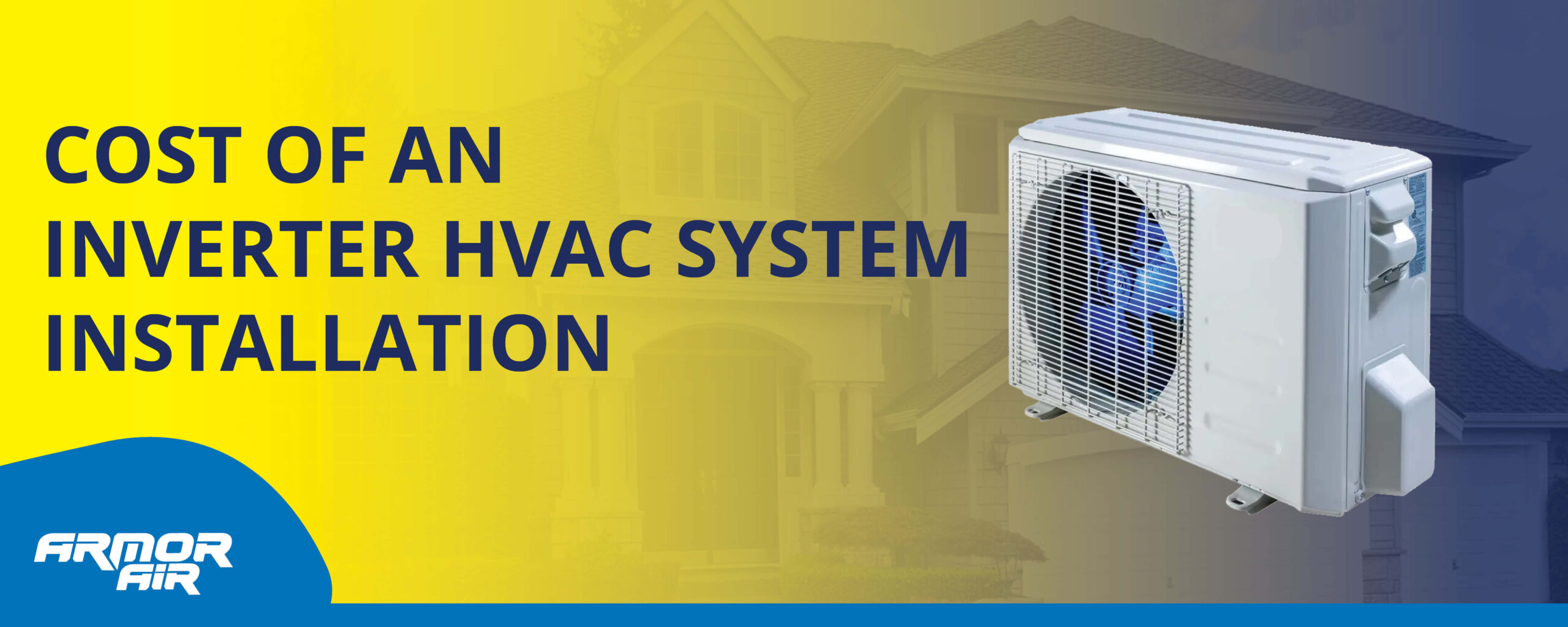
How Much Does an Inverter HVAC System Installation Cost (2025)
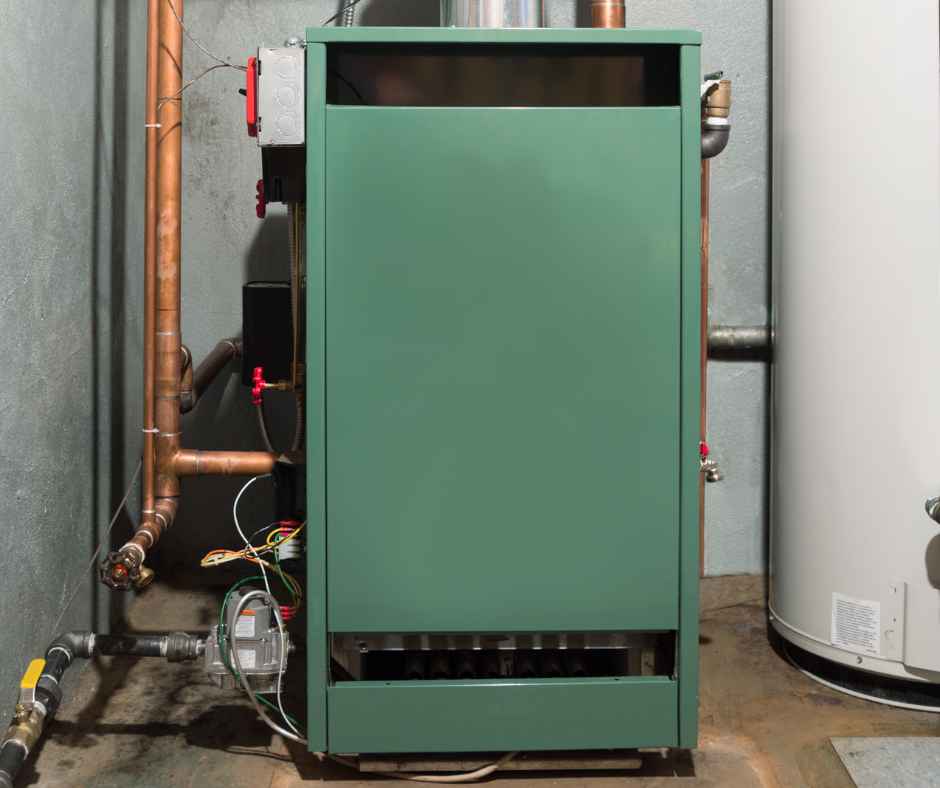
Why Does My Furnace Smell Like It’s Burning?
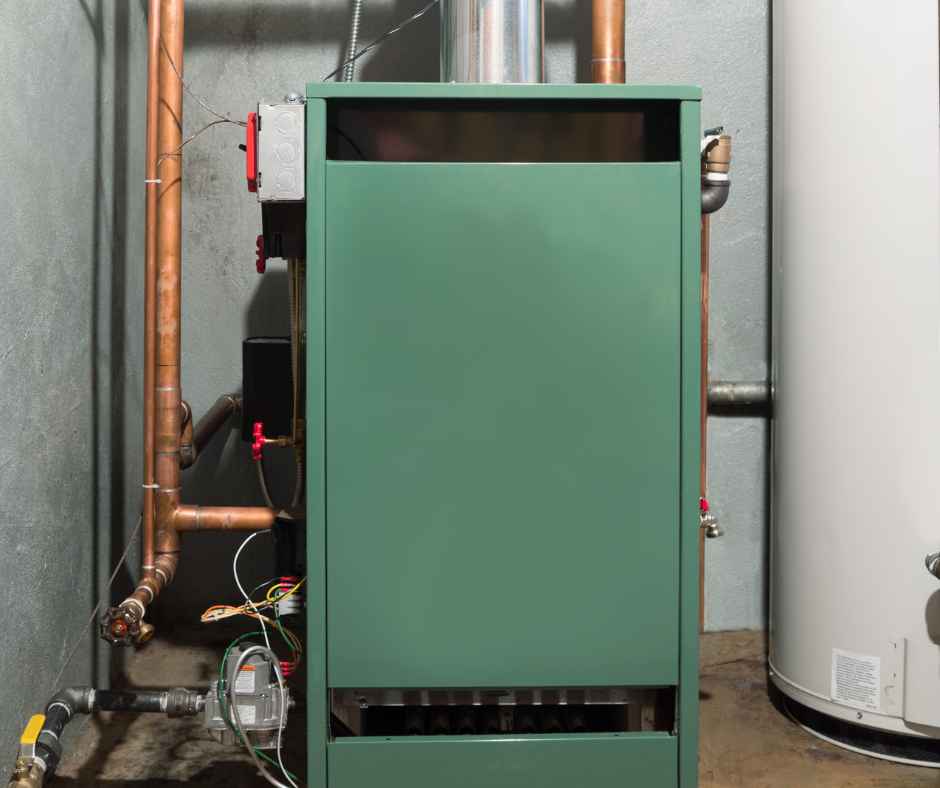
Why Won’t My Heat Turn On?

Why is the Water Pressure Low in My House?

Why a Tankless Water Heater Might Be the Best Investment for Your Indianapolis Home?
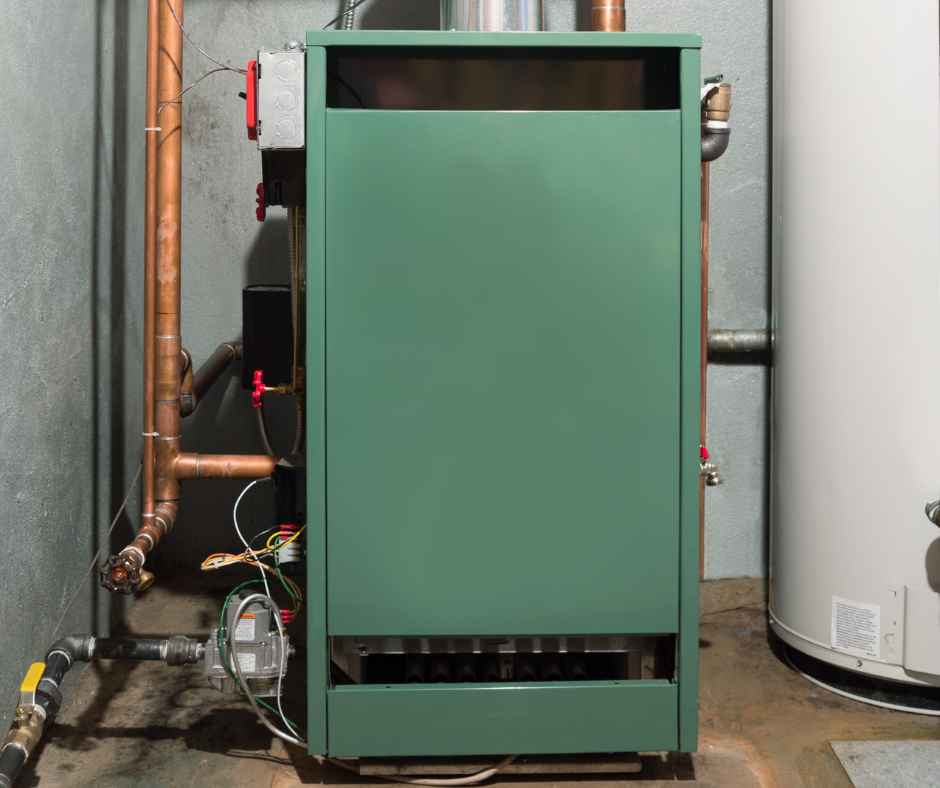
Should You Replace Your Furnace With a Heat Pump?


